Soldering is a common process in the electronics industry that involves melting and joining two or more metal components. While soldering can be an effective way to connect electronic components, it is important to know if you have soldered correctly to ensure that the connection is strong and reliable.
There are several key factors to consider when determining if you have soldered correctly. First and foremost, ensuring that the soldering iron or torch is properly heated is important. The temperature of the soldering iron or torch should be high enough to melt the solder but not so high that it damages the components or the circuit board.
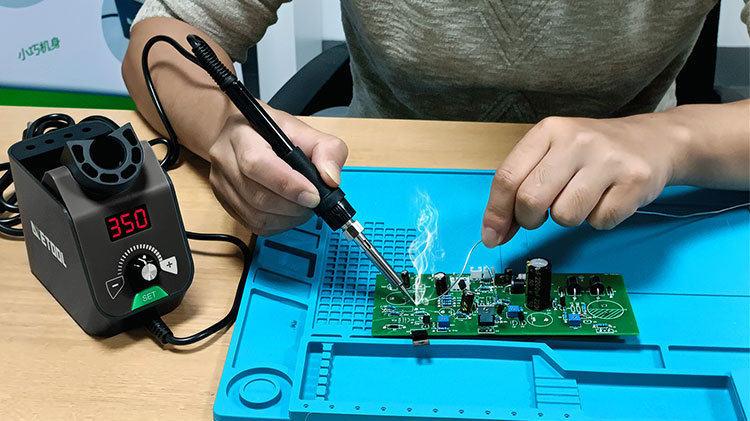
Once the soldering iron or torch is properly heated, it is important to apply the solder in a controlled and consistent manner. The solder should be applied to the joint in a smooth, continuous bead without any gaps or voids. It is also important to avoid applying too much solder, as this can cause the joint to become over-filled and weak.
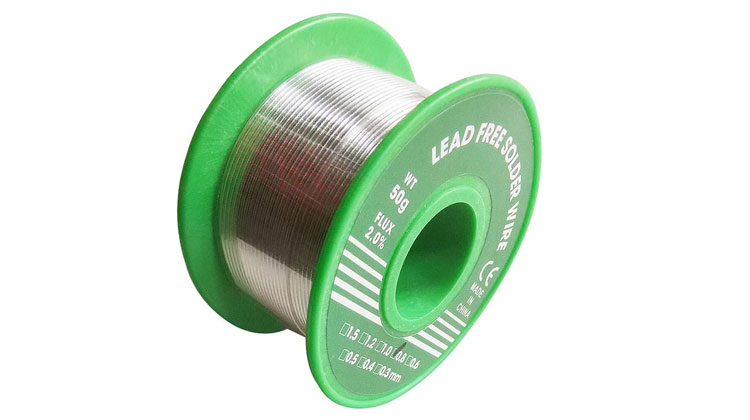
Once the solder has been applied, it is important to allow it to cool and solidify before moving the components or the circuit board. This is particularly important for components that are sensitive to heat, such as semiconductors or surface-mount devices.
Another key factor to consider when determining if you have soldered correctly is the quality of the joint. A good soldered joint should be smooth and shiny, with a uniform appearance. It should also be strong and resistant to physical stresses, such as bending or twisting.
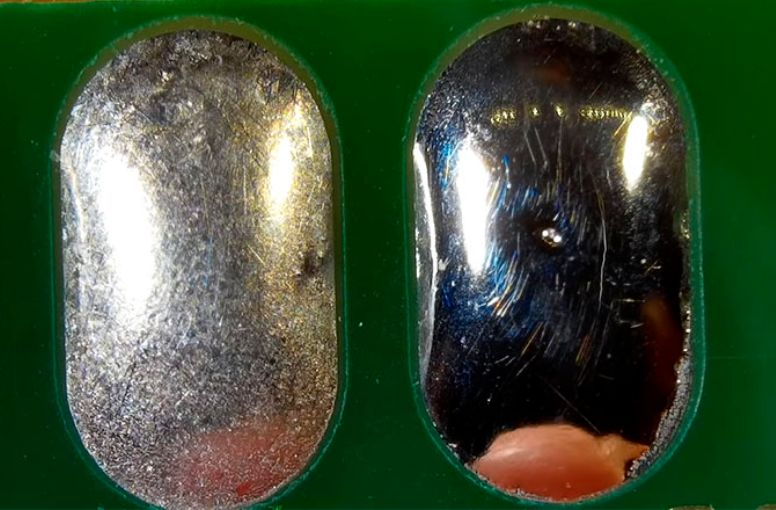
To test the quality of the joint, you can use a continuity tester or multimeter to measure the resistance across the joint. A properly soldered joint should have a low resistance, indicating a strong and reliable connection. If the resistance is high or the joint is weak or brittle, it may indicate that the soldering process was not done correctly.
It is also important to consider the overall performance of the circuit or device. If the circuit or device is not functioning properly, it may indicate that the soldering process was not done correctly. For example, if a circuit is not providing the expected output or a device is not operating as expected, it may be a sign that the soldering was not done correctly.
Overall, there are several key factors to consider when determining if you have soldered correctly. These include the temperature of the soldering iron or torch, the quality of the joint, and the performance of the circuit or device. By considering these factors and taking the appropriate steps to ensure a strong and reliable soldered joint, you can ensure that your soldering is done correctly and that your circuits and devices are functioning properly.
In addition to the factors outlined above, you can do a few other things to ensure that your soldering is done correctly. One of the most important is to use the right type of solder for the job. Different solders are designed for different applications, and using the wrong type of solder can result in poor-quality joints and unreliable connections.
For example, some solders are designed for specific types of metals or alloys, while others are designed for specific components or circuits. It is important to select the right type of solder for the job based on the materials you are working with and the requirements of the circuit or device.
Another important factor is the quality of the soldering iron or torch. Using a low-quality soldering iron or torch can result in poor temperature control, inconsistent heat transfer, and other problems that can affect the quality of the joint. It is important to use a high-quality soldering iron or torch designed for the type of soldering you are doing and to properly maintain it to ensure it is functioning correctly.
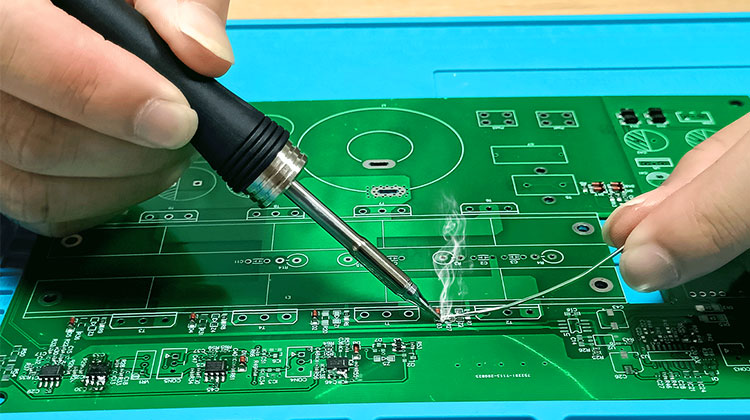
Being patient and taking your time when soldering is important. Rushing the process can result in poor-quality joints and other problems, such as damaged components or circuit boards. It is important to take the time to properly heat the soldering iron or torch, apply the solder in a controlled manner, and allow the joint to cool and solidify before moving the components or circuit board.
By considering these factors and taking the appropriate steps to ensure a high-quality soldered joint, you can ensure that your soldering is done correctly and that your circuits and devices are functioning properly. With the right tools, materials, and techniques, you can achieve strong and reliable soldered joints that will support the performance and reliability of your circuits and devices.
You can do a few other things to ensure that your soldering is done correctly. For example, using high-quality soldering equipment and materials is a good idea. This can help to ensure that the soldering iron or torch is properly heated and the solder flows smoothly and evenly.
It is also important to properly clean and prepare the components and the circuit board before soldering. This can help to remove any contaminants or oxidation that may interfere with the soldering process and weaken the joint.
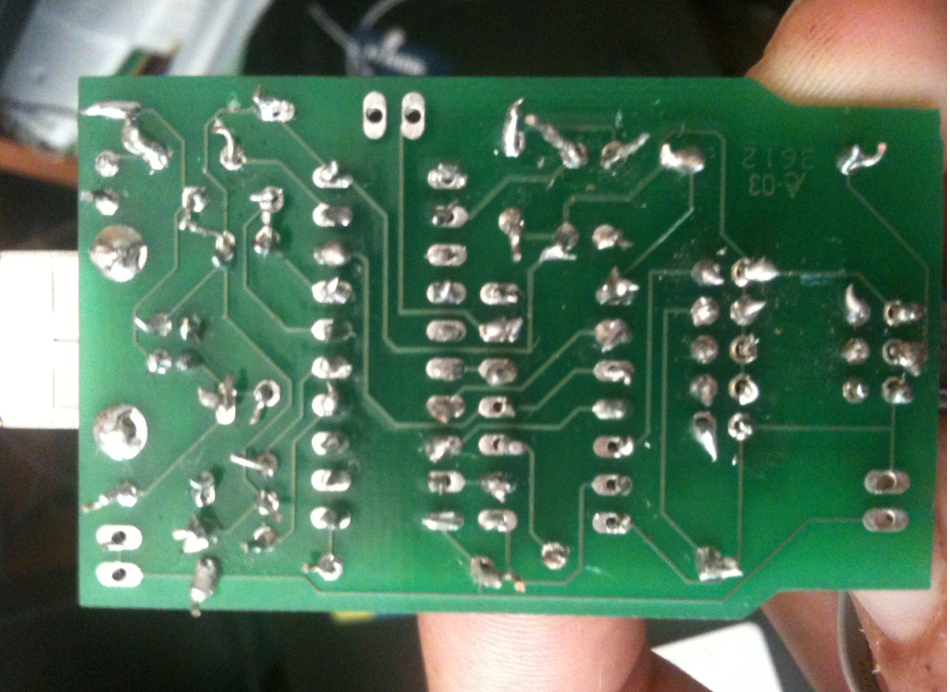
Another important step is to practice proper soldering techniques. This can include maintaining a steady hand, applying the solder in a controlled and consistent manner, and avoiding excess heat. It is also important to follow the manufacturer's instructions for the components and the circuit board, as these can provide important guidance on the correct soldering process and techniques.
Finally, it is a good idea to inspect the soldered joint carefully after the soldering process is complete. This can help to identify any problems or defects that may indicate that the soldering was not done correctly. By inspecting the joint and addressing any problems, you can ensure that your soldering is done correctly and that your circuits and devices are functioning properly.
Overall, there are several key factors to consider when determining if you have soldered correctly. These include the temperature of the soldering iron or torch, the quality of the joint, and the performance of the circuit or device. By taking the appropriate steps to ensure a strong and reliable soldered joint, you can ensure that your soldering is done correctly and that your circuits and devices are functioning properly.
Contact: Mr. Li
Phone: (0086) 138 24254 321
E-mail: atetool@atetool.com.cn
Add: 5F, 1-2# Building, Tongfuyu Industrial Zone, Aiqun Rd, Shiyan Subdistrict, Bao'an, Shenzhen, 518108, China